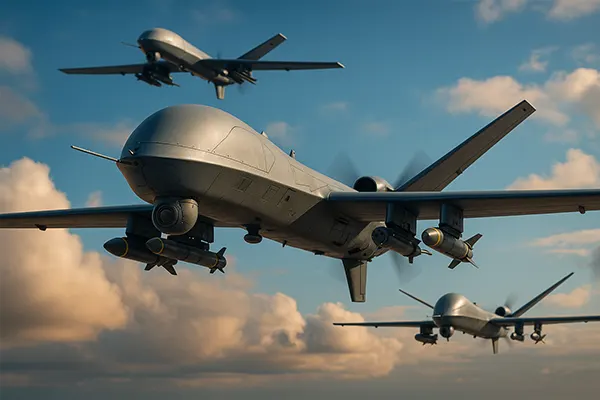Food from a 3D Printer

3D printing, a technology that seemed futuristic not long ago, is now invading the culinary world with the promise of revolutionizing how we prepare and consume food. By layering ingredients with precision, 3D food printers offer a new realm of culinary creativity and efficiency. This technology, while still in its nascent stages, aims to tailor nutrition, reduce waste, and solve complex food preparation challenges.
Where Is 3D Food Printing Used?
3D food printing finds its application in various sectors, including high-end restaurants, healthcare, space exploration, and even at home. In gourmet kitchens, chefs use it to create intricate and customizable designs that were previously impossible. In healthcare, it offers personalized nutrition, catering to specific dietary requirements with ease. NASA explores 3D printed food to sustain astronauts on long missions, while at home, enthusiasts experiment with creating unique shapes and flavors. In Las Vegas, casino winfest held a week of haute cuisine, and all dishes were made using 3D printing technology. The casino winfest online website describes recipes for dishes that were present that evening.
How Food Is Printed on a 3D Printer
The process of 3D printing food involves digital models that guide the printer to deposit layers of material, typically purées or powders, to construct edible items. These printers are equipped with syringes or cartridges that hold the food material, which is then extruded layer by layer according to the design. The complexity and texture of the final product can vary, offering a wide range of culinary possibilities.

What Kind of Food Can Be Printed on a 3D Printer?
Virtually any food that can be pureed or powdered can be printed. This includes chocolates, pastas, cheeses, and even meats. The versatility of 3D food printers allows for the creation of complex shapes and structures, such as geometric desserts or intricate pasta shapes, that are not only aesthetically pleasing but also customized for flavor and texture.
What Are Food Products Printed From?
The base materials for 3D printed food are often purées, gels, or powders made from natural ingredients. These materials are prepared in such a way that they can be easily extruded through the printer’s nozzles. Innovations in this field are also exploring the use of alternative protein sources, such as insects and lab-grown meats, to create sustainable and ethical food options.
Advantages of 3D Food Printers
The advantages of 3D food printing are manifold. They offer unprecedented customization options, from dietary restrictions to personal taste preferences. These printers can help reduce food waste by using precise amounts of ingredients and repurposing food that would otherwise be discarded. Additionally, they present a novel approach to food design and presentation, pushing the boundaries of traditional cuisine.
As 3D food printing technology continues to evolve, it holds the potential to transform our food industry, making it more sustainable, personalized, and creative. While it may not replace conventional cooking methods entirely, it offers a complementary approach that could reshape our culinary landscape in the years to come.




